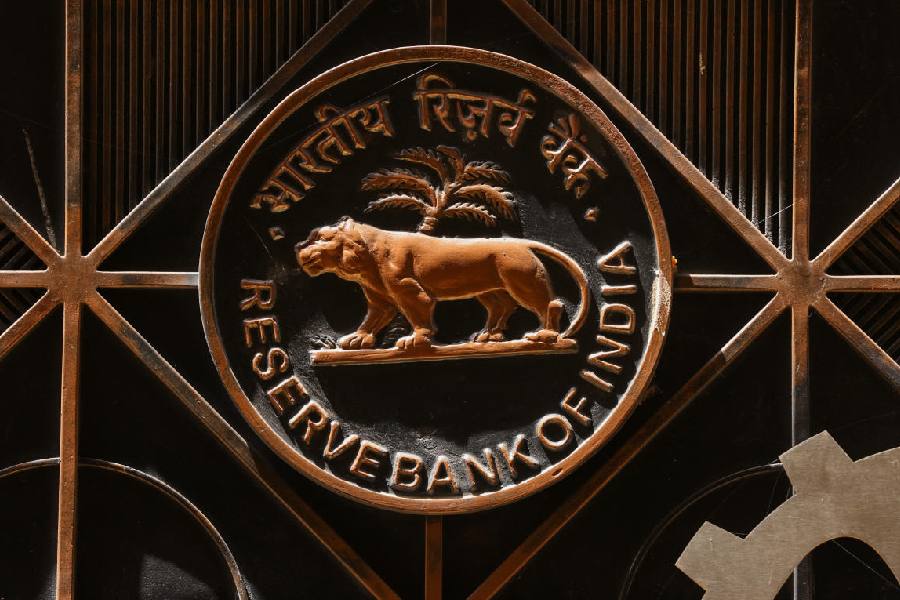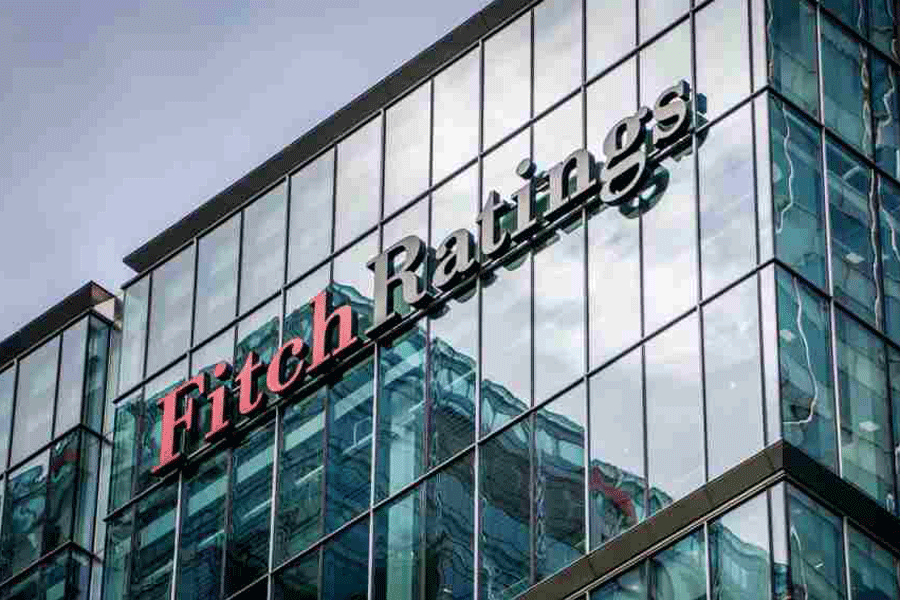The Reserve Bank of India’s board will meet on Friday to decide on the surplus payout to the Centre for 2022-23 which is likely to rise sharply to anywhere between Rs 70,000 crore and Rs 2 lakh crore in the year ended March 31.
The government has budgeted for dividend receipts worth about Rs 48,000 crore from the RBI and the public sector banks for 2023-24.
In 2021-22, the RBI paid a dividend of Rs 30,307.45 crore for the fiscal year ending March 31, 2022, which was lower than the Centre’s expectations.
However, this time around, economists project the payout will be much higher than the budget estimates.
While there was no formal announcement from the RBI on the upcoming meeting, a Bloomberg report said its central board will meet on Friday where it will consider the dividend payment.
According to estimates by Standard Chartered Bank, the RBI will transfer Rs 1-2 lakh crore to the government; Gaura Sengupta, economist at IDFC First Bank, said in a recent report that the amount could range between Rs 70,000-80,000 crore.
Huge dollar sales by the RBI to stem the rupee's slide are behind the projected bumper payout.
The RBI also remained a net lender to banks amid tight liquidity, having increased interest rates by 250 basis points during the year.
In the previous fiscal, banks were parking surplus funds with the RBI in its reverse repo window against which it had to pay interest — one of the reasons behind the relatively lower payout.
RBI’s earnings come from interest earned on bond holdings, the purchase and sale of government securities and from its dealings in the forex market.Part of these earnings are set aside for its operational and contingency needs, while the rest is transferred to the government in the form of a dividend, under Section 47 of the RBI Act, 1934.
"After making provision for bad and doubtful debts, depreciation in assets, contributions to staff and superannuation funds and for all matters for which provision is to be made by or under this Act or which are usually provided for by bankers, the balance of the profits shall be paid to the Central Government,’’ according to Section 47.
The central bank had adopted a revised economic capital framework (ECF), which determines the appropriate level of risk provisions that it must make, from 2018-19 after it accepted the Bimal Jalan committee recommendations.
The RBI’s reserves consist of two parts — the CRB (contingent risk buffer) and a notional fund or the currency and gold revaluation account (CGRA) which represents the unrealised revaluation gains arising from exchange rate movements and the rise in gold prices.
The Jalan panel had recommended that CGRA should be left untouched, whileCRB should be between 5.5 per cent and 6.5 per cent of RBI's balance sheet.
Provisions delay
Banks have requested the Reserve Bank of India for one more year's time to implement the system of Expected Credit Loss (ECL) for the provisioning of loans.
At present, banks set aside money after an asset turns bad, and once the new system is put in place, it is widely expected to have an one-time impact on banks' profits.











